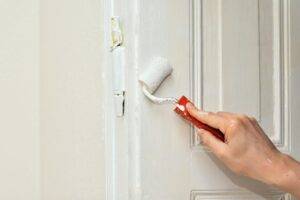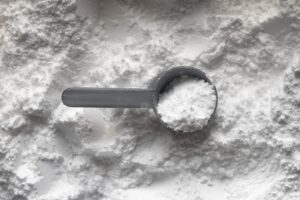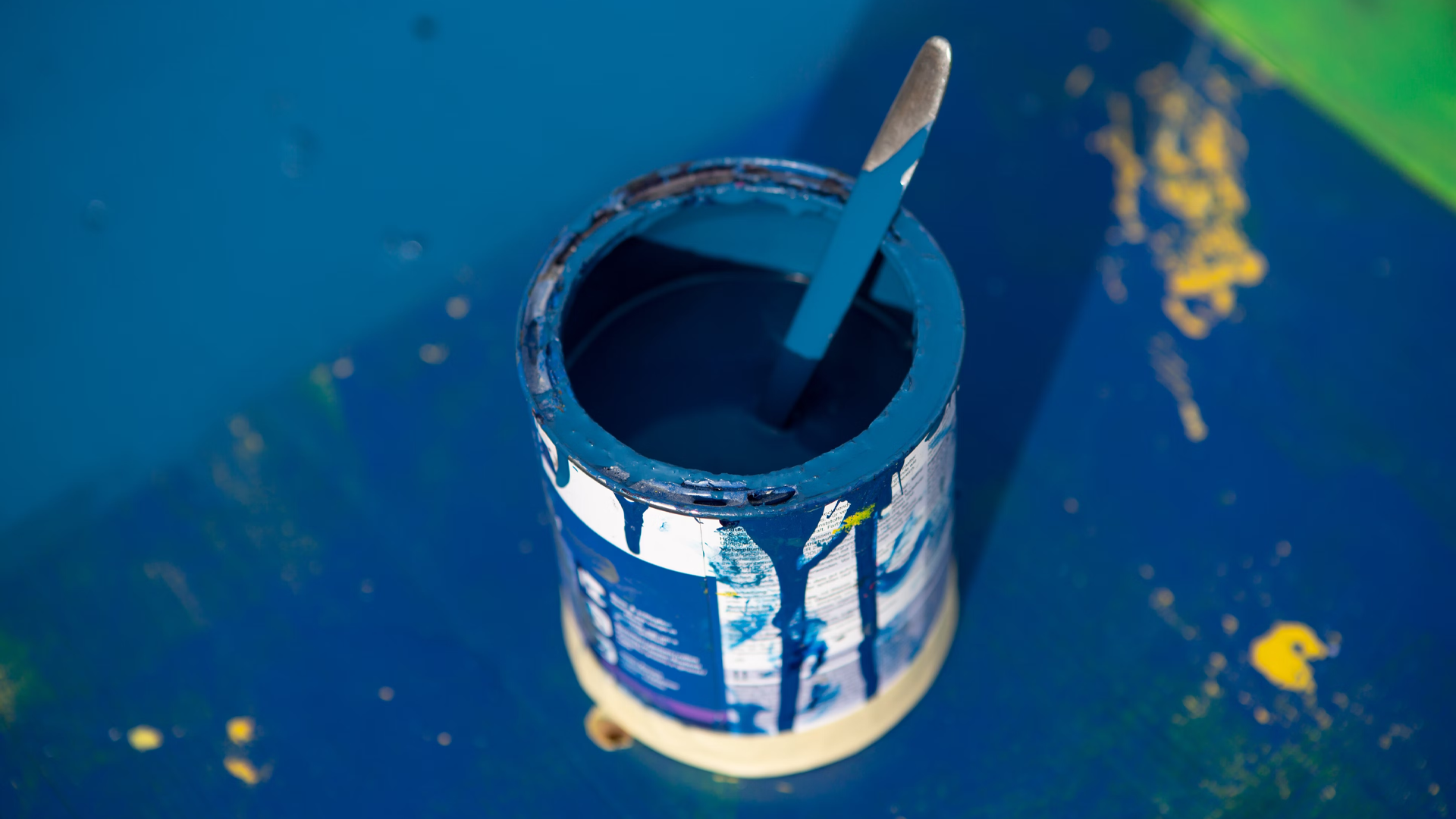Damp-proofing is an important part of protecting your home from moisture damage. There are a variety of different damp proofing materials available on the market, each with its own advantages and disadvantages.
In this blog post, we’ll take a look at three of the most common damp-proofing materials: damp-proof paint, damp-proof membrane, and damp-proof course.
Damp-proof paint
Protecting your home from moisture and dampness is essential. One of the best ways to do this is by using damp-proof paint. Damp-proof paint is a type of waterproofing paint that helps to prevent moisture from seeping through walls.
It is made with a special waterproofing agent that helps to repel water. This type of paint can be applied to both interior and exterior surfaces, making it an effective damp-proofing solution for a variety of situations.
Not only that, damp-proof paint is also durable and long-lasting, so you can rest assured that it will protect your home for years to come.

Damp proof membrane
Dampness is the leading cause of building failures in the UK. A damp-proof membrane is a perfect solution for preventing moisture from passing through walls or floors.
DPMs are made of different materials, some of which are asphalt, bitumen, and polyethylene. These materials are applied as a liquid or sheet to the surface that needs to be protected.
When installed correctly, a damp-proof membrane can help to keep your building safe from dampness and water damage. If you’re looking to add dampness protection to your home, don’t forget to consider a damp-proof membrane!
Damp proof course
Damp-proofing is essential for any structure that is likely to experience moisture damage. A damp-proof course is a physical barrier that helps to prevent moisture from passing through walls and ceilings.
There are a variety of materials that can be used for damp proofing, depending on the specific needs of the structure being protected.
For example, plastic damp-proofing can be used in place of traditional masonry, concrete damp proofing can be used in place of concrete, metal damp proofing can be used in place of steel, and asphalt damp proofing can be used in place of asphalt. Multiple types of materials may be used together to provide the best possible protection against moisture damage.
What material is used for damp proofing?
There are a variety of materials that can be used for damp proofing, depending on the project requirements. Bitumen is a waterproof material that can be applied as a slurry or rolled onto walls.
This makes it ideal for sealing cracks and gaps in walls to prevent moisture from entering the building. Plastic sheeting, such as polyethylene, can be used to create a vapour barrier between the damp wall and the insulation.
To stop moisture, metal sheets made of copper, aluminium, or lead are employed, but they are expensive.
These materials are employed in sheets that span the entire thickness of the wall. Instead of using cement, the lead sheets are put atop lime mortar. Asphalt should be applied to the metal sheets.
Liquid membranes are water-based materials that can be applied with a brush or roller.
This is a quick and easy way to waterproof small areas of walling.
Another damp proof material often used is cementitious grout, which is applied to the foundation walls of a building in order to fill any voids or cracks that may be present.
Sheet membranes are made of plastic and can be used to cover large areas of walling quickly. This is a great option for waterproofing entire rooms or floors in a building.
How does damp proofing work?
Damp-proofing is the process of creating a waterproof barrier that prevents moisture from entering a building. Common materials used for damp proofing include bitumen, polyethylene sheeting, and plastic membranes.
Bitumen is applied to the surface of concrete and masonry walls to create a waterproof seal. This material is often used on the exterior of buildings to prevent moisture from seeping in through cracks or pores in the walls.
Polyethylene sheeting and plastic membranes are installed between the walls and the foundation to prevent moisture from seeping in. These materials are often used in basements or other areas of the home that are prone to dampness.
What are the benefits of using damp-proofing materials?
Damp-proofing materials are used to prevent water from penetrating walls and other surfaces. Common damp-proofing materials include bitumen, polythene sheeting, and waterproof render.
The use of damp-proofing materials can help protect a structure from moisture damage, mould growth, and structural decay. Damp-proofing materials can also help improve the energy efficiency of a building by preventing heat loss and condensation on external walls.
By keeping the internal temperature of a building stable, damp-proofing materials can help to reduce the overall energy consumption of the building.
Which one is better: the liquid or powder form of these damp proofing materials?
The best material to use for damp proofing depends on the type of surface to be treated. Liquid damp-proofing materials are suitable for brick, masonry, and stone surfaces.
They work by creating a waterproof barrier that prevents moisture from penetrating the surface. Powder form damp proofing materials are best suited for concrete and timber surfaces.
They work by absorbing moisture and preventing it from penetrating the surface. Both liquid and powder forms of damp-proofing materials can also be used in a tanking system to waterproof an entire building or area.
Conclusion
Damp-proofing is an important process that helps to protect your home from the harmful effects of dampness. There are a number of different materials that can be used for damp proofing, but the three most common are damp-proof paint, damp-proof membrane, and damp-proof course.
Other materials such as cementitious grout can also be used to damp-proof your structures but are mostly used to fill gaps.
Each of these materials has its own advantages and disadvantages, so it’s important to choose the right one for your home. If you’re not sure which material is right for you, you can always get expert advice.










